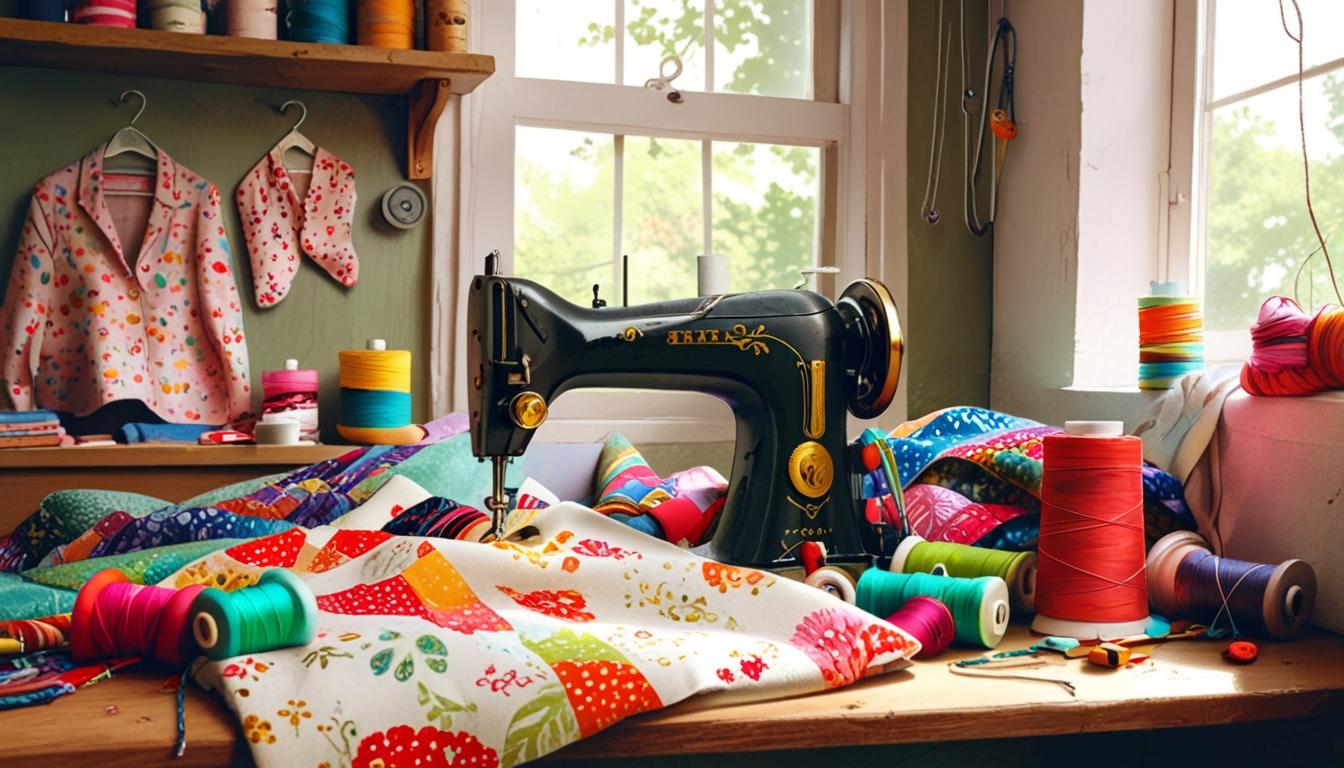The craft of sewing has experienced a revival as individuals embrace DIY projects, sustainability, and economic pragmatism.
In recent years, the once quaint craft of sewing has seen a remarkable resurgence, driven by various factors including economic shifts, rising interest in sustainability, and a growing preference for DIY projects. With the increasing cost of living, many individuals are recognizing the value of having a basic set of sewing supplies for mending clothing, creating custom items, and embracing a more sustainable lifestyle.
One of the primary practical advantages of sewing supplies is their utility for mending and repairing garments. Clothing is susceptible to damage from everyday wear and tear, but rather than discarding a favorite piece or incurring the expenses of professional repairs, having sewing tools at home allows for quick DIY fixes. Enthusiasts can perform simple tasks such as sewing on buttons, fixing hems, or patching tears—all of which can significantly extend the lifespan of clothing and provide substantial cost savings over time.
In addition to repairs, sewing empowers individuals to unleash their creativity in fashion and home décor. Unlike off-the-shelf products, homemade items can be custom-tailored to personal tastes. Whether it’s transforming an old piece of clothing into a new outfit or crafting unique throw pillows to match a specific decor style, the possibilities are nearly limitless. This bespoke approach allows individuals to express their style while often spending less than they would on new retail items.
Furthermore, the sewing renaissance aligns with growing environmental concerns, particularly regarding waste reduction in the fashion industry. With its significant ecological footprint, the fashion world is now under scrutiny, prompting consumers to seek sustainable alternatives. Sewing encourages upcycling, where old clothes and fabric scraps are repurposed into new creations. For instance, someone’s old jeans might be transformed into a chic bag, or leftover fabric could be fashioned into reusable grocery bags, thus contributing to a greener lifestyle.
Sewing can also serve as a practical tool in emergency preparedness. Whether experiencing a wardrobe malfunction while traveling or encountering a minor issue at home, having a sewing kit on hand can quickly resolve unexpected problems without needing professional help. Simple fixes can prevent small issues from escalating, saving time and reducing stress during hectic periods.
The educational benefits of sewing are noteworthy as well, making it an excellent activity for children and young adults. It promotes skills such as creativity, patience, and concentration, while also allowing participants to engage in a rewarding hobby. Teaching children to sew can enhance their fine motor skills and attention to detail, fostering a sense of accomplishment as they create tangible products through their own efforts.
Moreover, the community aspect of sewing plays a significant role during times of disaster or crisis. Community sewing initiatives—such as making quilts for those in need or crafting face masks during health emergencies—highlight the collective effort to support and uplift others. These projects can forge connections within communities, bringing people together for a common cause.
As the demand for sewing supplies continues to grow amid these diverse applications, they can no longer be considered mere luxuries. Rather, they reflect a necessity in today’s world, bridging the gap between creativity, sustainability, and practicality. From minor repairs to personalized projects, the incorporation of sewing into daily life offers immense value, fostering a sense of independence and community in an increasingly consumer-driven society.
Source: Noah Wire Services




